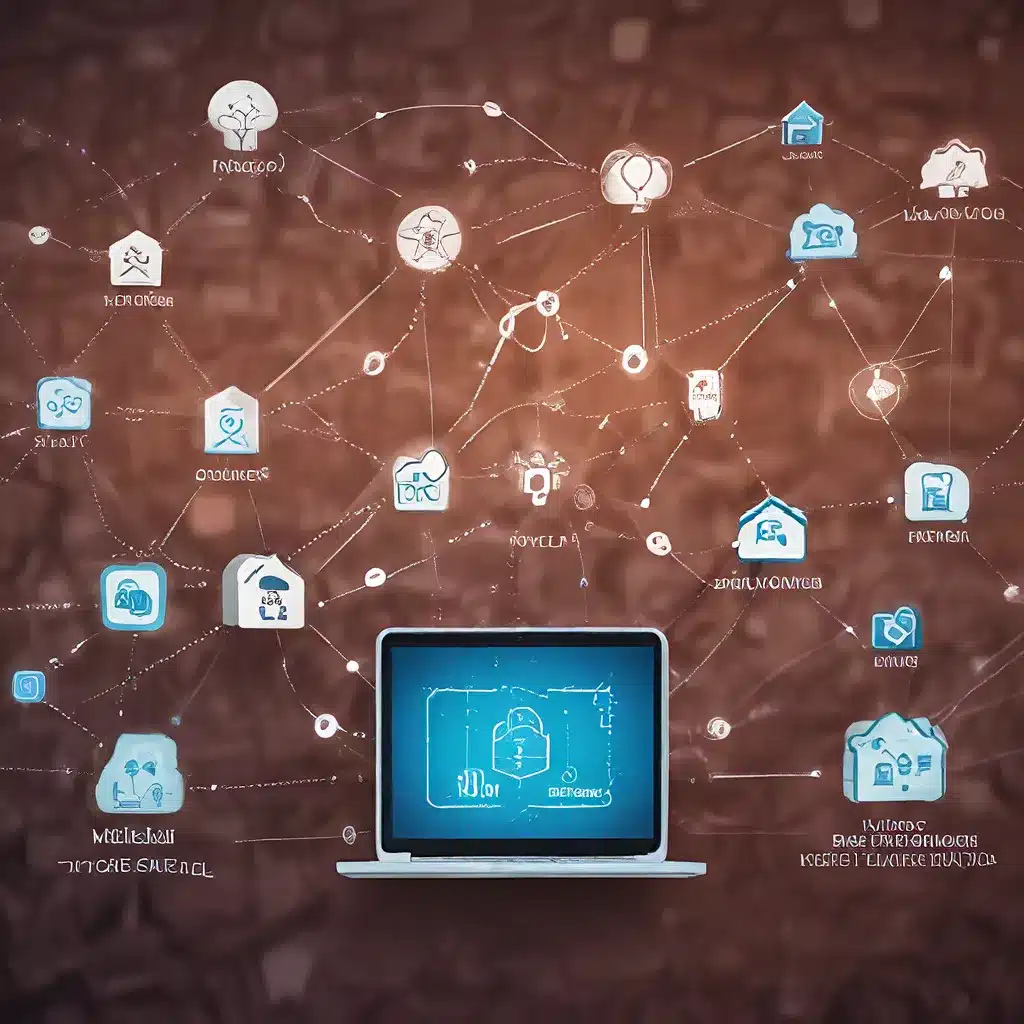
As the Internet of Things (IoT) continues to transform industries and daily life, it has also ushered in a new era of security challenges. With the rapid proliferation of interconnected devices, the attack surface for cybercriminals has expanded significantly, putting the energy sector at the forefront of these emerging threats.
Navigating the IoT Security Landscape
The IoT revolution has brought about remarkable advancements in energy management, from smart meters that provide real-time insights into energy usage to industrial sensors that optimize process efficiency. However, these connected devices also introduce a myriad of security vulnerabilities that must be addressed.
One of the primary concerns is the default or easily guessable passwords often found on IoT devices. Cybercriminals can exploit these weak credentials to gain unauthorized access to the network, compromising sensitive data and critical infrastructure. Furthermore, the lack of regular firmware updates leaves many IoT devices susceptible to known vulnerabilities, providing a clear entry point for cyber-attacks.
Additionally, the interconnected nature of IoT devices can create inadvertent backdoors into the wider network, allowing attackers to move laterally and potentially gain access to even more valuable resources. This “lateral movement” technique is a growing concern, as it makes it increasingly difficult for security teams to detect and eradicate threats.
Mitigating IoT Security Risks
To secure the IoT energy landscape, organizations must adopt a proactive and multilayered approach to cybersecurity risk mitigation. This starts with conducting a comprehensive cybersecurity risk assessment to identify potential vulnerabilities and prioritize remediation efforts.
One effective strategy is to implement a zero-trust security model, which requires verification for every access request, regardless of the source. This approach significantly enhances IoT security by making it much more difficult for unauthorized actors to gain a foothold within the network.
Another crucial step is to segment the network, isolating IoT devices from critical business systems. This compartmentalization limits the potential impact of a compromised device, preventing attackers from easily accessing sensitive information or disrupting core operations.
Maintaining a robust patch management strategy is also essential. By automating the process of updating device firmware, organizations can ensure that IoT devices are protected against known vulnerabilities, reducing the window of opportunity for attackers.
Empowering the Human Element
While technological solutions are crucial, the human element plays a vital role in IoT security. Employee education and training are paramount, as they can raise awareness about potential threats and encourage vigilant behavior, such as the use of strong, unique passwords for each IoT device.
Incident response planning is another critical component of a comprehensive IoT security strategy. By ensuring that everyone knows their responsibilities in the event of a data breach or cyber-attack, organizations can respond more efficiently and effectively, mitigating the potential damage.
Embracing Energy-Efficient IoT Designs
As the IoT ecosystem continues to evolve, energy efficiency has emerged as a key consideration in sensor network design. Energy-harvesting technologies and low-power wireless protocols are paving the way for IoT devices that can operate with minimal power consumption, reducing both energy costs and environmental impact.
These advancements not only contribute to the sustainability of IoT deployments but also enhance the resilience of the overall system. By minimizing the energy requirements of individual devices, the network as a whole becomes less vulnerable to disruptions, ensuring reliable and uninterrupted service.
The Role of Security Ratings
To further strengthen their cybersecurity posture, organizations are increasingly turning to security ratings as a tool for assessing and monitoring the security of their IoT ecosystem, including both internal devices and third-party vendors.
These ratings provide an outside-in view of an organization’s security landscape, highlighting vulnerabilities and areas for improvement. By leveraging security ratings, companies can make informed decisions about how to prioritize their security efforts, ensuring that they stay ahead of evolving threats.
Embracing the Future of Secure IoT
As the energy sector continues to embrace the transformative potential of the IoT, the need for robust security measures has never been more pressing. By addressing the unique challenges posed by connected devices, organizations can unlock the full benefits of this technology while safeguarding the integrity of their critical infrastructure.
Through a combination of proactive risk mitigation strategies, employee education, and the adoption of energy-efficient IoT designs, the energy sector can navigate the complexities of the IoT landscape and pave the way for a more secure and sustainable future. By staying vigilant and continuously adapting to the evolving threat landscape, organizations can leverage the power of the IoT while maintaining the highest standards of cybersecurity and resilience.
To learn more about how you can secure your IoT deployment and explore the latest advancements in sensor network technologies, visit sensor-networks.org.